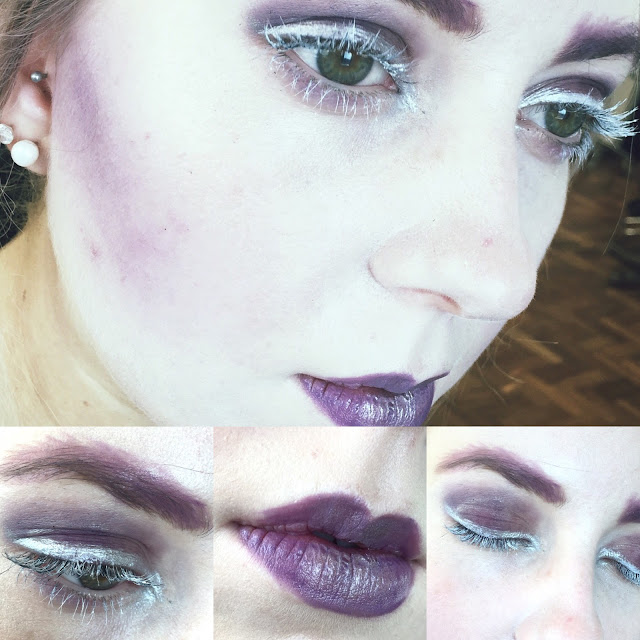The Elizabethan era is associated with Queen Elizabeth I's reign through 1558–1603 and is considered to be the Golden Age in England.
Elizabethan attitudes towards women were shaped often by the tales and ideals drawn from the bible, however, it was becoming a time daughters were inheriting estates and a woman could be queen - although parliament named Elizabeth supreme governor, not supreme head, of the English church (Doran and Jones, 2014). Women of this time were still expected to marry to increase the wealth of their family. Careers were almost non-existent for women and in homes they were seen as inferior to men (Alchin, 2012). Ideal female behaviour suggested that women would be chaste, quiet and obedient. Marriage was expected of all women to be dependant on their male relatives and produce children (preferably males). Some women did manage to negotiate these terms to exercise degrees of independence through passing on successful wills demonstrating their wealth they have collected from the family and distributed it to their heirs. The icon of the era Queen Elizabeth herself, however, made it clear in a public announcement that she was exceptional and did not consider herself a model for other women (Doran and Jones, 2014). Looking back on this historically, it is very ironic how she was the model for makeup and hair throughout her reign and afterwards.
Family life for men in the 1500's was a life of power. They made decisions and orders, expected to be followed by their wives, but also were expected to support their families. A man's earnings would go towards making their children wealthier and improving their social positions for them when they were older. (Alchin, 2012). If a man were to become a widow in this era, he would indefinitely look to remarry (especially if he has children). In a sense, this hastiness removes any importance or love for the previous mother, wife and woman. This reflects the nature of the society between 1550 and 1600.
References
- Susan Doran and Norman Jones. 2014. The Elizabethan World. Published by Routledge (Oxfordshire) Chapter: Society – Women. Pages 335-349
- Maggi Ros. 2008. Love and Marriage [viewed on 18th October] Available at:http://elizabethan.org/compendium/10.html
- Linda Alchin. 2012. Elizabethan Family Life [viewed on 18th October] Available at:http://www.elizabethan-era.org.uk/elizabethan-family-life.htm



































